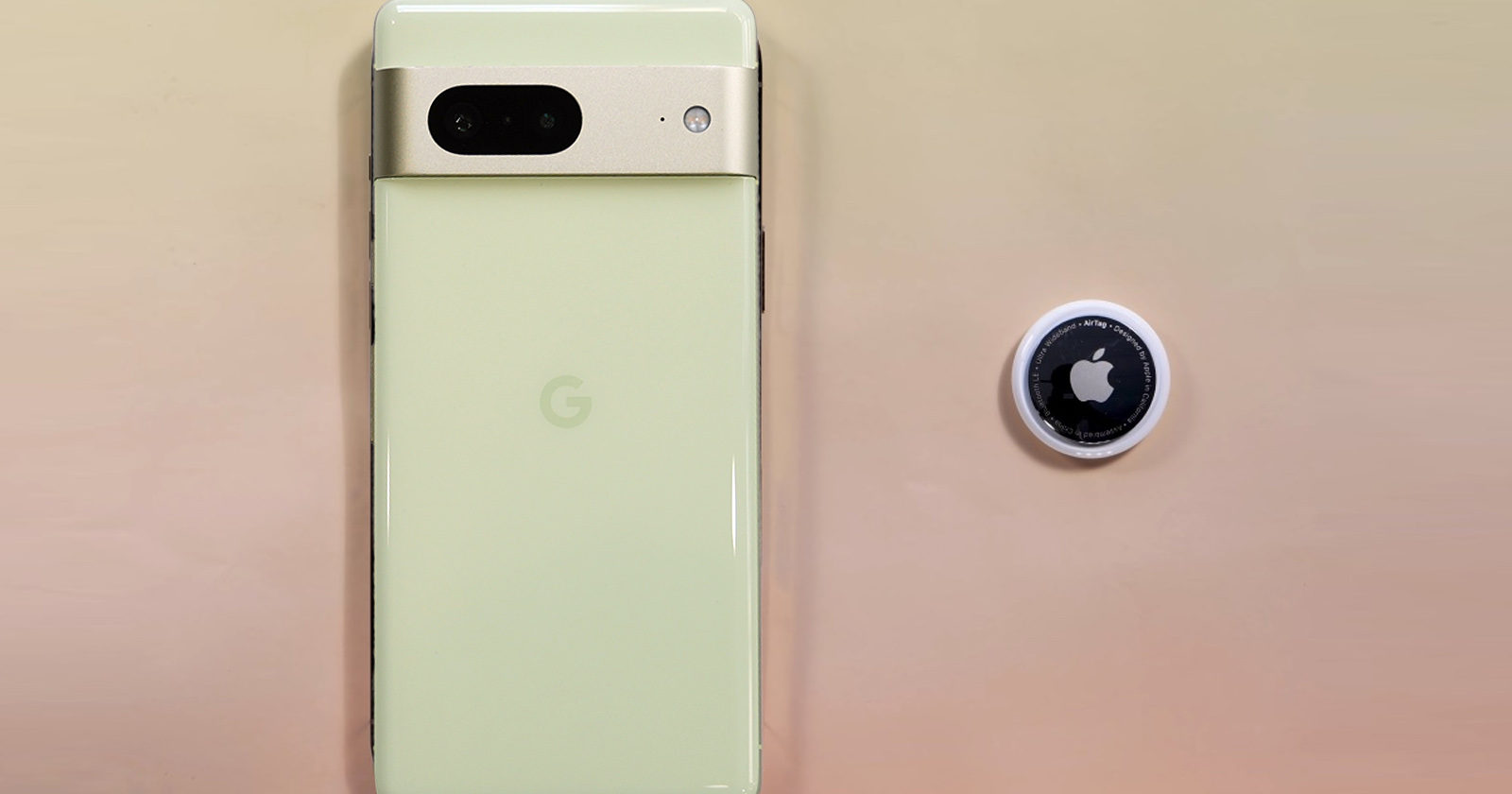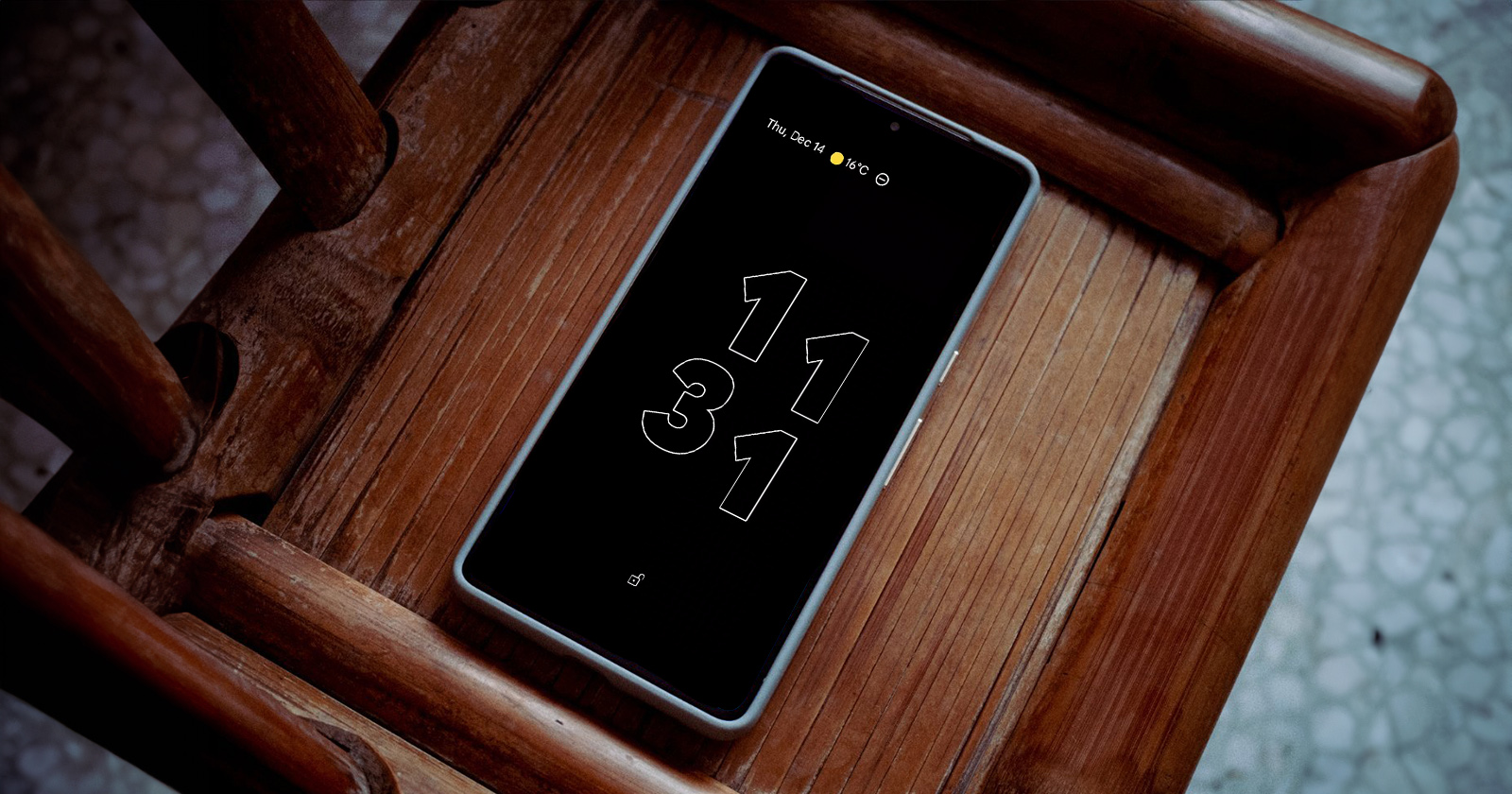In today’s tech-driven world, displays are integral to our daily experiences. OLED and LCD screens are used in smartphones, TVs, and computers. They show how color and energy use are connected. White pixels in OLEDs require more power because the red, green, and blue channels are all activated at the same time. On the other hand, black pixels use very little energy when all channels are turned off. Users can make conscious choices, which prolong battery life and promote energy efficiency.
OLED Displays and Color Energy Consumption
OLED displays are unique because each pixel emits its own light. In these displays, the energy usage of each pixel varies depending on the color being displayed. One of the key factors to consider is that white is the most energy-consuming color in OLED displays. This is because creating white light requires all three color channels—red, green, and blue—to be on simultaneously. The result is that more power is needed to generate a bright white pixel compared to other colors.
Conversely, black is the most energy-efficient color on OLED displays. When a pixel displays black, all three color channels are turned off, which means minimal power consumption for that pixel. Therefore, using darker themes or backgrounds with OLED displays can significantly improve energy efficiency and extend the device’s battery life.
If you go into a dark room and look at a black screen, you will notice that where there is black, the screen does not work and does not consume energy. This is a great feature that OLED displays bring.
LCD Displays and Color Energy Consumption
LCD displays operate differently from OLED displays. LCDs use a backlight source to illuminate the entire screen, and liquid crystal cells modulate the amount of light that passes through to create the desired colors. In LCDs, the color itself doesn’t affect energy consumption as it does in OLED displays because the backlight remains relatively constant regardless of the color being displayed. LCDs may have some variations in power consumption depending on the screen content and brightness settings.
Which colors uses most energy on OLED displays?
Colors that are a combination of two colors or very bright colors will always consume more power on OLED displays. Colors are made up of 3 basic colors. Red, green, blue. Colors that use these 3 colors at the same time, for example white, will always consume more power.
Do you know the color codes? The color code for white is #ffffff while the color code for black is #000000. It has values like #rrggbb. The color of the dark theme that Google uses on Android is #121212. This is a color that consumes almost no power. The reason for this is that the colors next to the blacks tire the eyes. It prevents this by using a dark gray background.
In the images below, you can see how much the colors are used by looking at the R G B ratios, that is, how much energy and brightness those colors have on a screen.
Conclusion
In summary, OLED displays are more sensitive to the color being displayed, with white being the most energy-consuming color due to the need to activate all three color channels. On the other hand, black is the most energy-efficient color for OLED displays. In LCD displays, energy consumption is primarily determined by the backlight, and color has a less pronounced impact. It’s important to note that the actual energy savings in everyday use can vary depending on the device’s settings, brightness, and content.
Users interested in maximizing energy efficiency, particularly on OLED screens, can opt for dark themes, backgrounds, and wallpapers to reduce power consumption, ultimately leading to longer battery life on their devices. Understanding these principles can help individuals make informed choices when it comes to their electronic devices and energy management.










